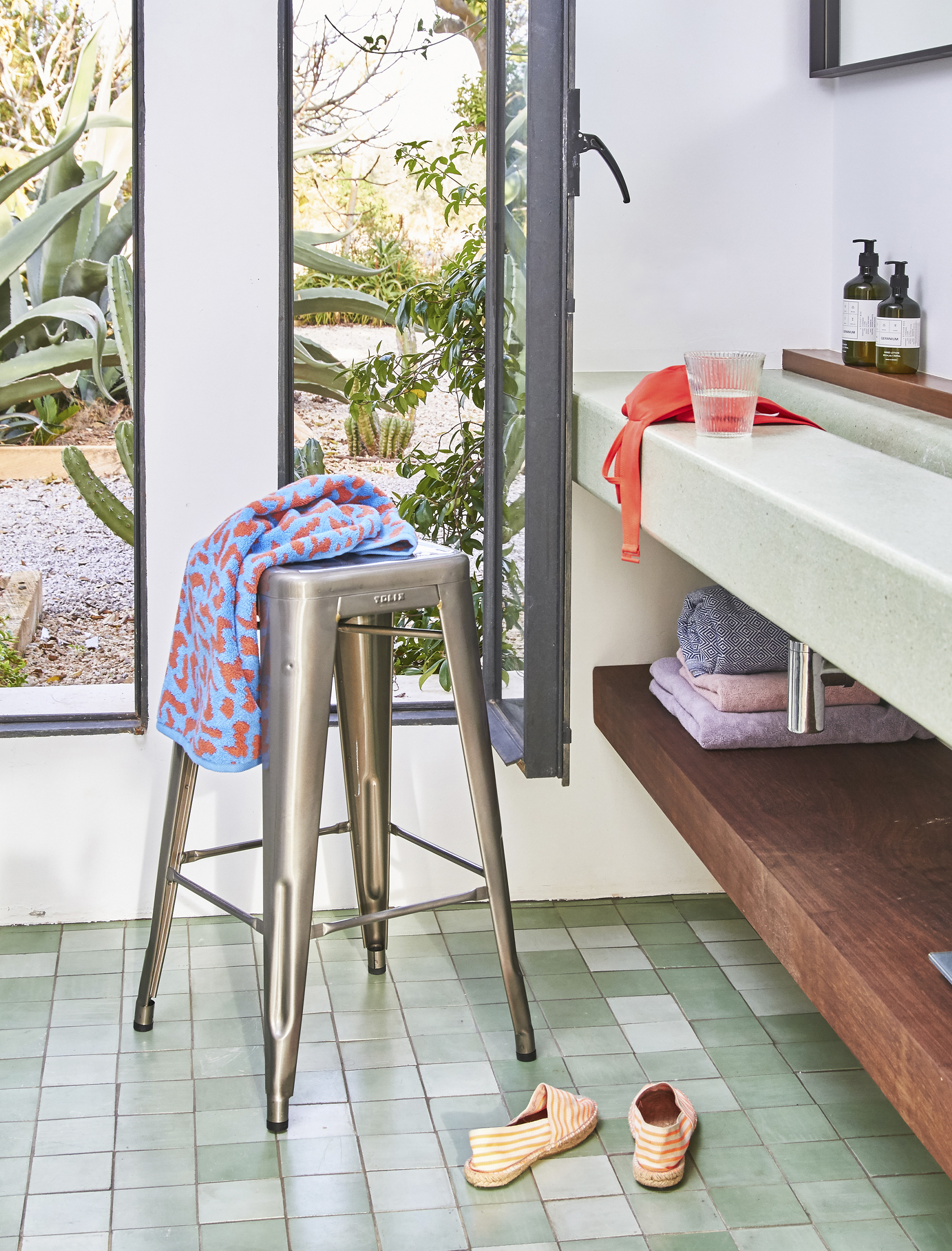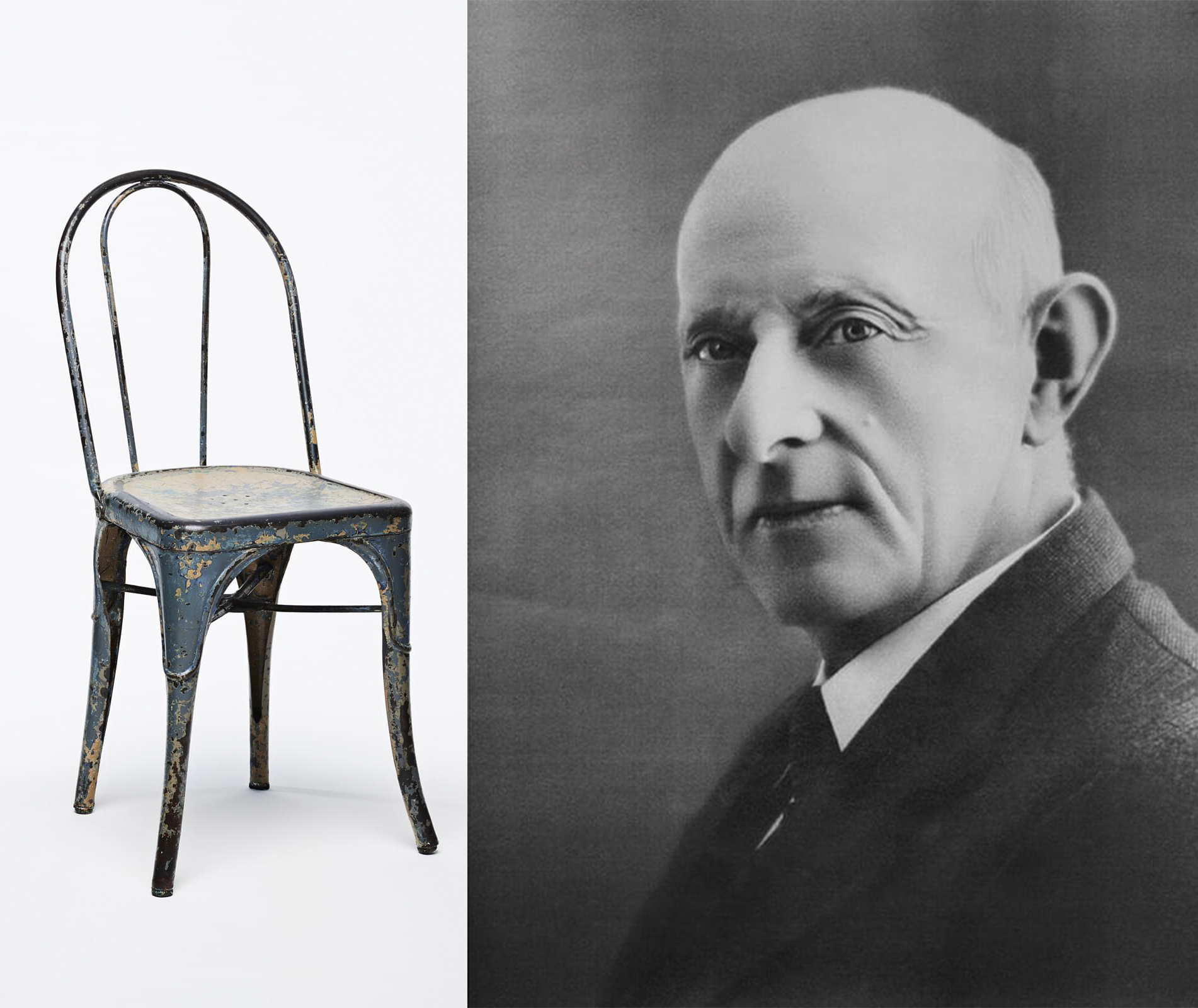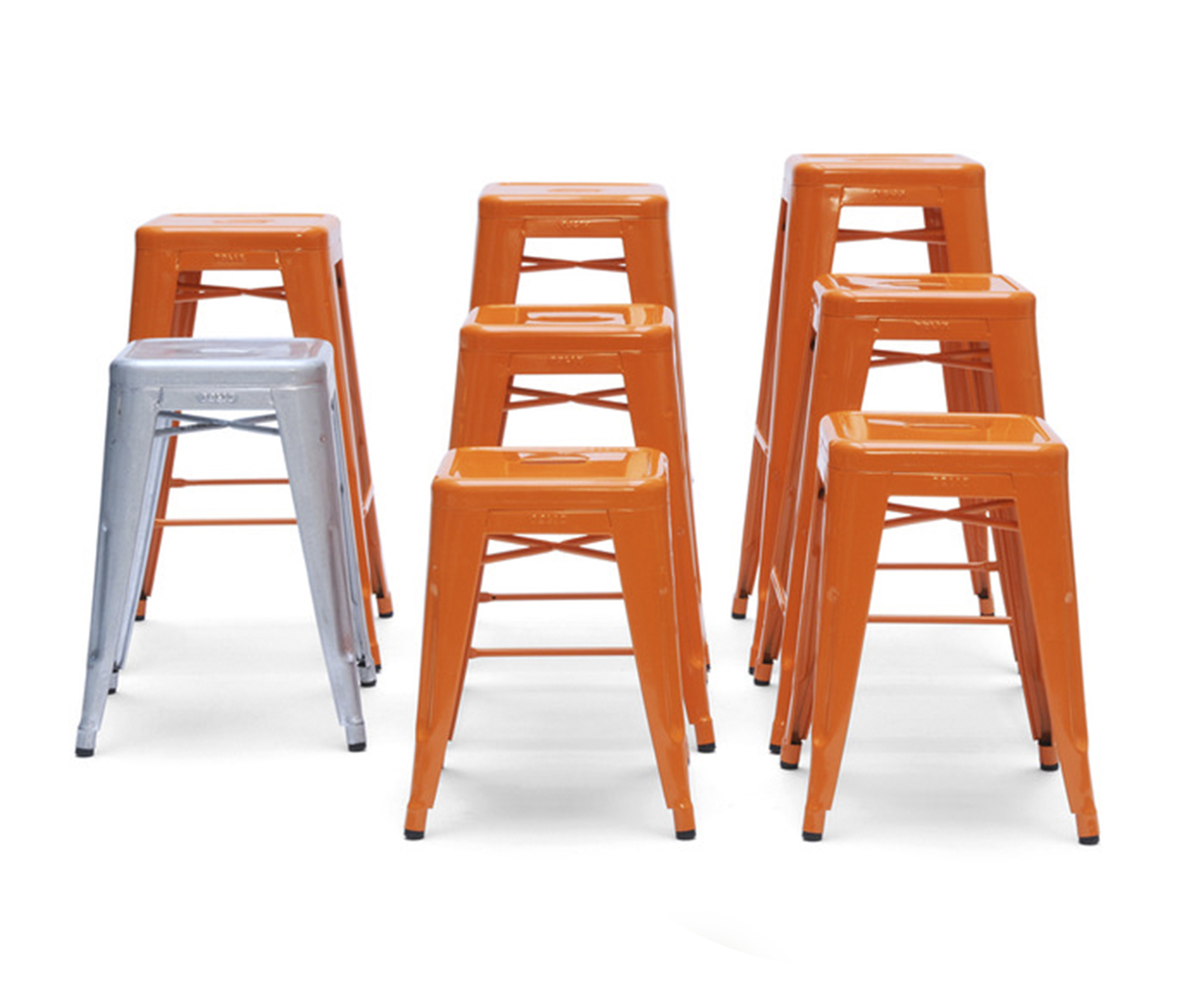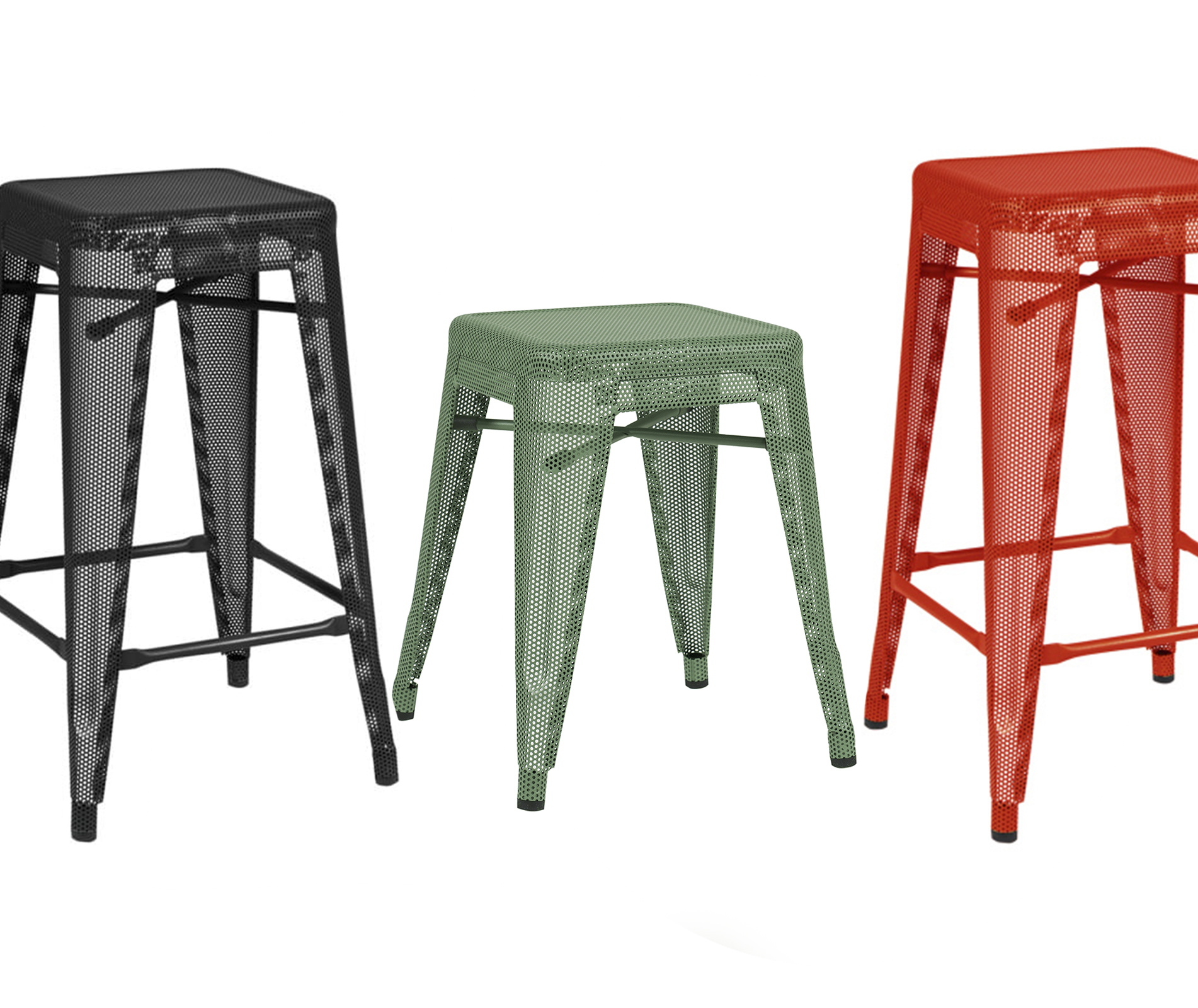You know when something is reproduced it has to be outstanding, which makes the Tolix H stool one of the most successful design classics going

Where will I see one? Walk into any bar or cafe the world over and you’ll no doubt encounter the Tolix H stool or one of its many replicas. For that matter, you’ll likely spot one at a kitchen island near you.
How will I ID it? You’ll recognise it by its functional all-metal industrial appearance, four legs and the X-cross under the seat. It comes in all colours and three heights.
Who designed it? Frenchman Xavier Pauchard. Born in Burgundy in 1880, he was the son and grandson of zinc roofers.

What is its claim to fame? While chairs and stools were mostly made from wood in the early part of the 20th century, Xavier pioneered a way of hot dip galvanizing metal to protect it from oxidation. He opened a factory in 1917 to make household products from it. Chair A was designed in 1934 and the H stool soon after. The chair made its way onto the ocean liner Le Normandie as part of its furniture in 1935, then appeared in cafes, hospitals and the US army.
What’s so good about the stool? It was supposedly designed for factory workers at a local place in France. These stools were from the start practical, modular, stackable and easy to maintain, making them ideal for a hard life as a bar stool. And given the global appetite for industrial pieces, the simplicity of design and fact they can come in pretty much any colour you fancy, gives them universal appeal. Like the chair, the stool has a hole big enough to put a hand through for stacking but also meaning they could be left outside in all weather.

But are they comfortable? As much as sitting on cold metal in winter can be. It has no sharp edges, though.
What’s been said of it? The late Sir Terence Conran, founder of Habitat, waxes lyrical about the chair: “Over the years, this chair has come to symbolise what I like to term democratic excellence, meaning that it’s mass-produced and universally acceptable.” Exactly the same can be said of the stool.

How can I tell the real from the replica? There is an embossed Tolix logo on the real thing, which started in 2006 and from 2011, Made in France was also added. Madder & Rouge’s Darran Mangelsdorf says, “By the solid strong steel and the build quality.”
Where can I get one? Madder & Rouge stocks the real thing ($310 for the 45cm version), but you can pick up a replica from The Warehouse ($29 for the 66cm one), Cintesi ($69 for a 45cm version, Kmart ($39 for the chair) – and the list goes on.
EXPERT PROJECTS

Create the home of your dreams with Shop Your Home and Garden
SHOP NOW











